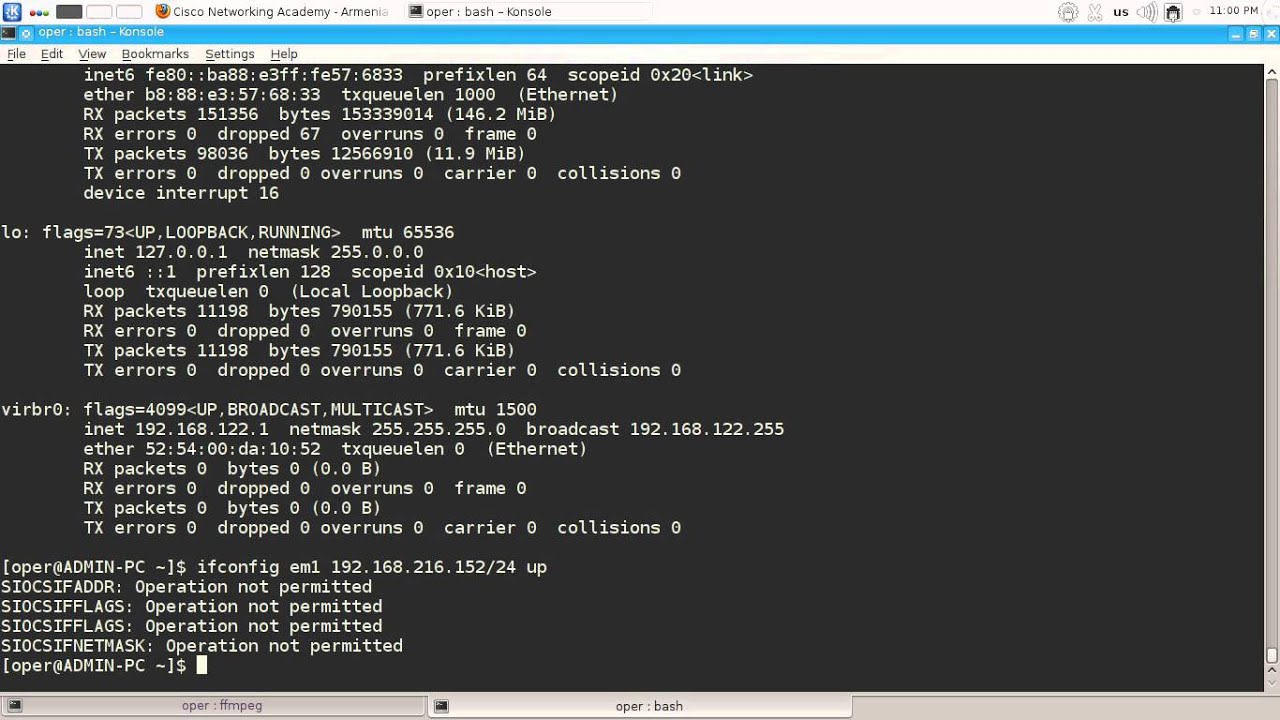

By changing the IP addresses associated with particular domain names, hackers can hijack a web session and send computers requesting a particular site to the wrong web server-a form of phishing. Wiping DNS resource records prevents malicious agents from acquiring and abusing this personal information.ĭNS poisoning, or DNS spoofing, refers to the cybersecurity threat in which hackers corrupt DNS resource records. Although this function seeks to serve the user by maintaining DNS lookup efficiency, it means that, in effect, a user’s computer and web browser have a comprehensive collection of their web activity whether they realize it or not. Many operating systems (like MacOS and Windows) and almost all web browsers automatically create a DNS cache. Second, a clear DNS cache protects overall network security, from wiping personal web usage data to preventing DNS poisoning. This blocks the user’s access to an active page.


If a web page has changed the location of its web server in the time since its IP address was cached, a web browser might return an HTML 404 error-although the site is still online, the cache is feeding the browser an inaccurate IP address. For this reason, MSPs must understand how caching can put them at risk and must know how to view and clear DNS cache contents.įirst, cleaning the DNS cache regularly is important to ensure consistent access to web pages. But DNS caching can compromise webpage access and network security if not properly managed. While it’s fairly straightforward to answer the question “What is a DNS cache?” the way it affects network operations is a slightly more complicated topic-and in fact, DNS caching can actually be a security concern for MSPs.Īs explained above, the DNS cache exists to streamline the DNS lookup process that resolves a domain name to an IP address-thus, it serves an invaluable acceleration purpose. Ultimately, the DNS enables human users to keep track of more web pages and to access them as required, and DNS caching expedites the DNS lookup process to more quickly resolve a domain name to an IP address when the OS has visited a web page before. If a machine has recently visited the page it wants to access, the cache can supply the IP address of its web server, completing the website request before the lookup has to query the DNS server. In turn, the operating system (OS) uses caching to store DNS resource records, which avoids redundancy when attempting to access a web page and therefore decreases DNS lookup latency. As a whole, the DNS translates domain names, a verbal nomenclature humans can more easily understand and recall, to the numerical naming and transmission method required by computers.


 0 kommentar(er)
0 kommentar(er)
